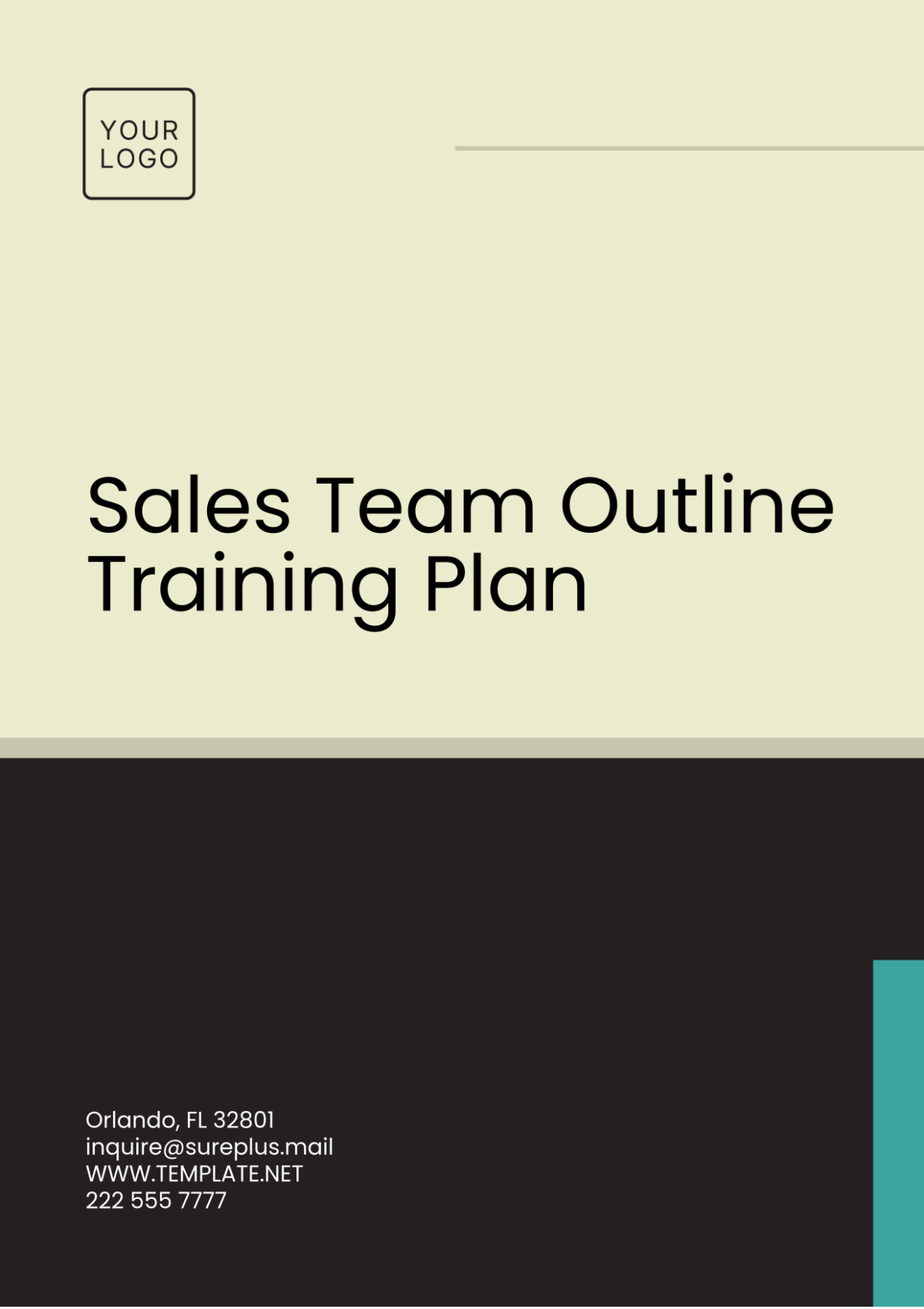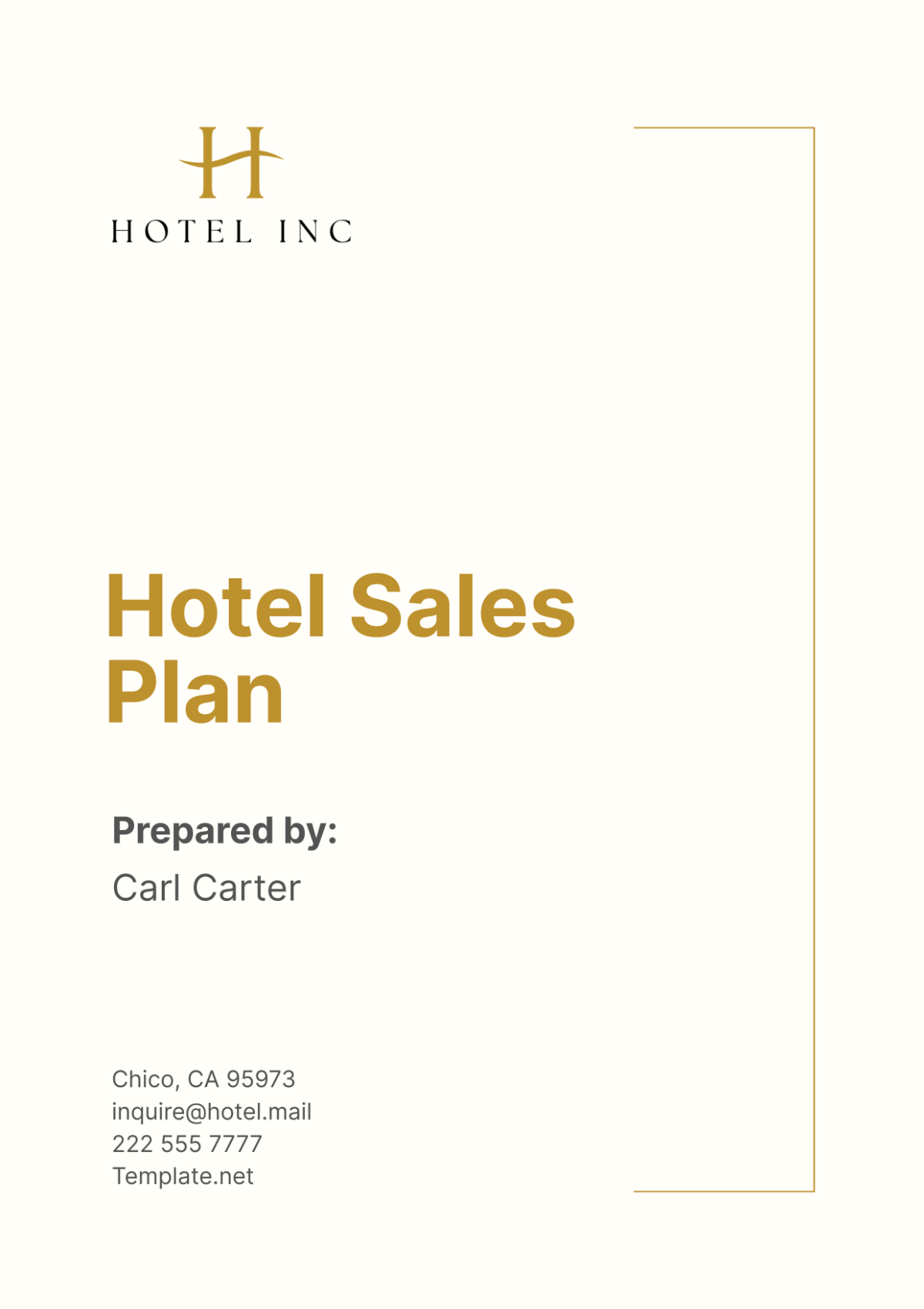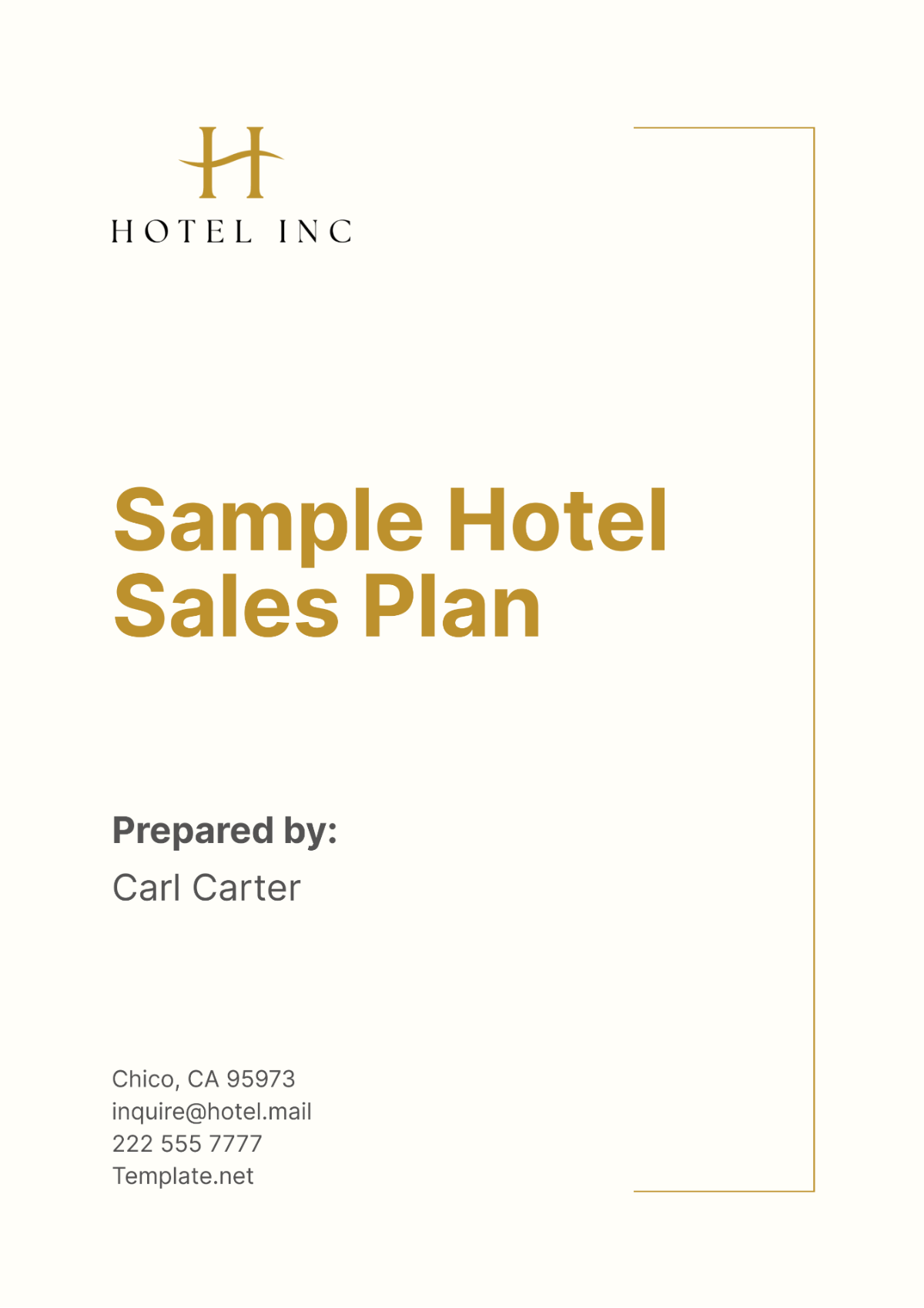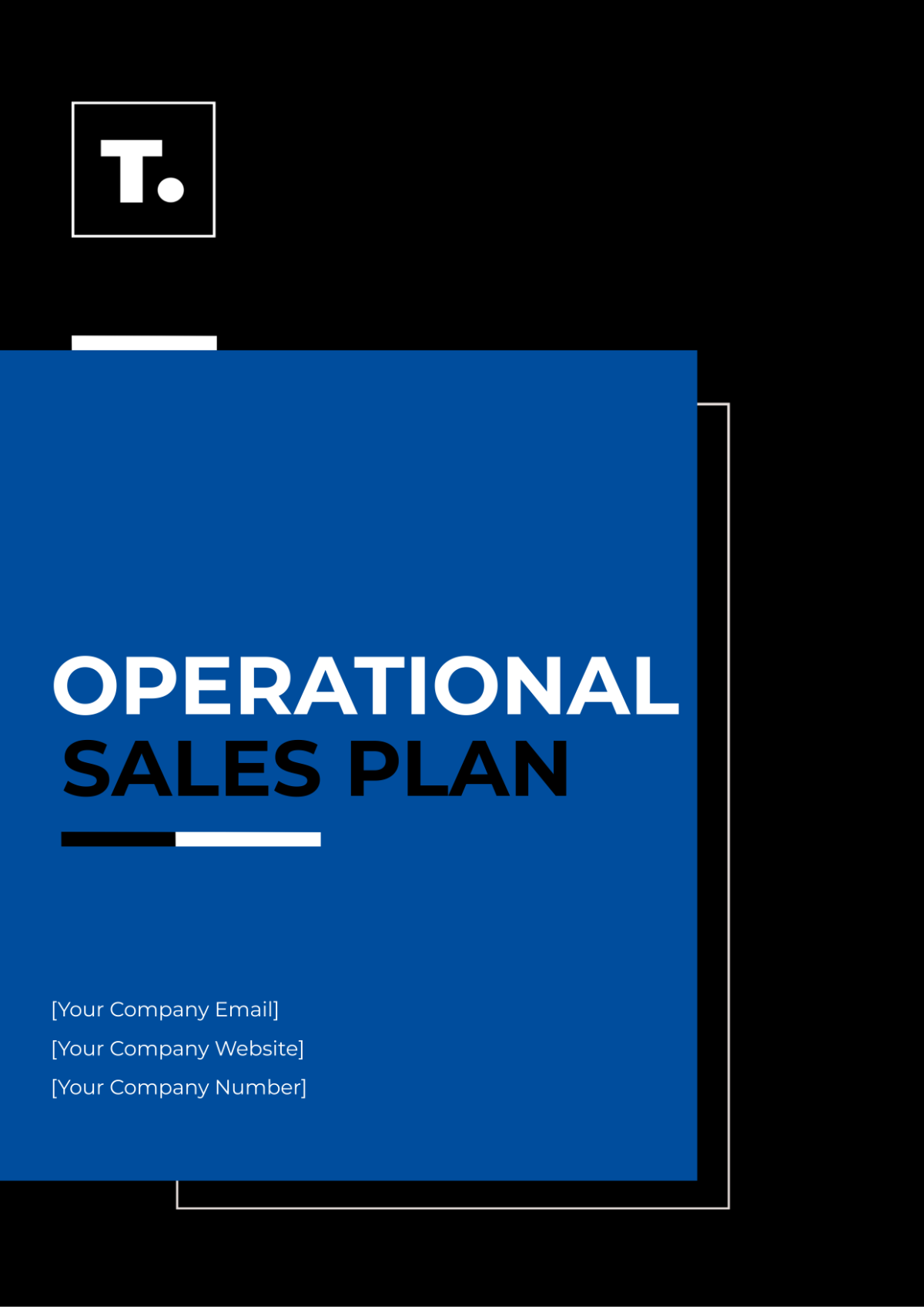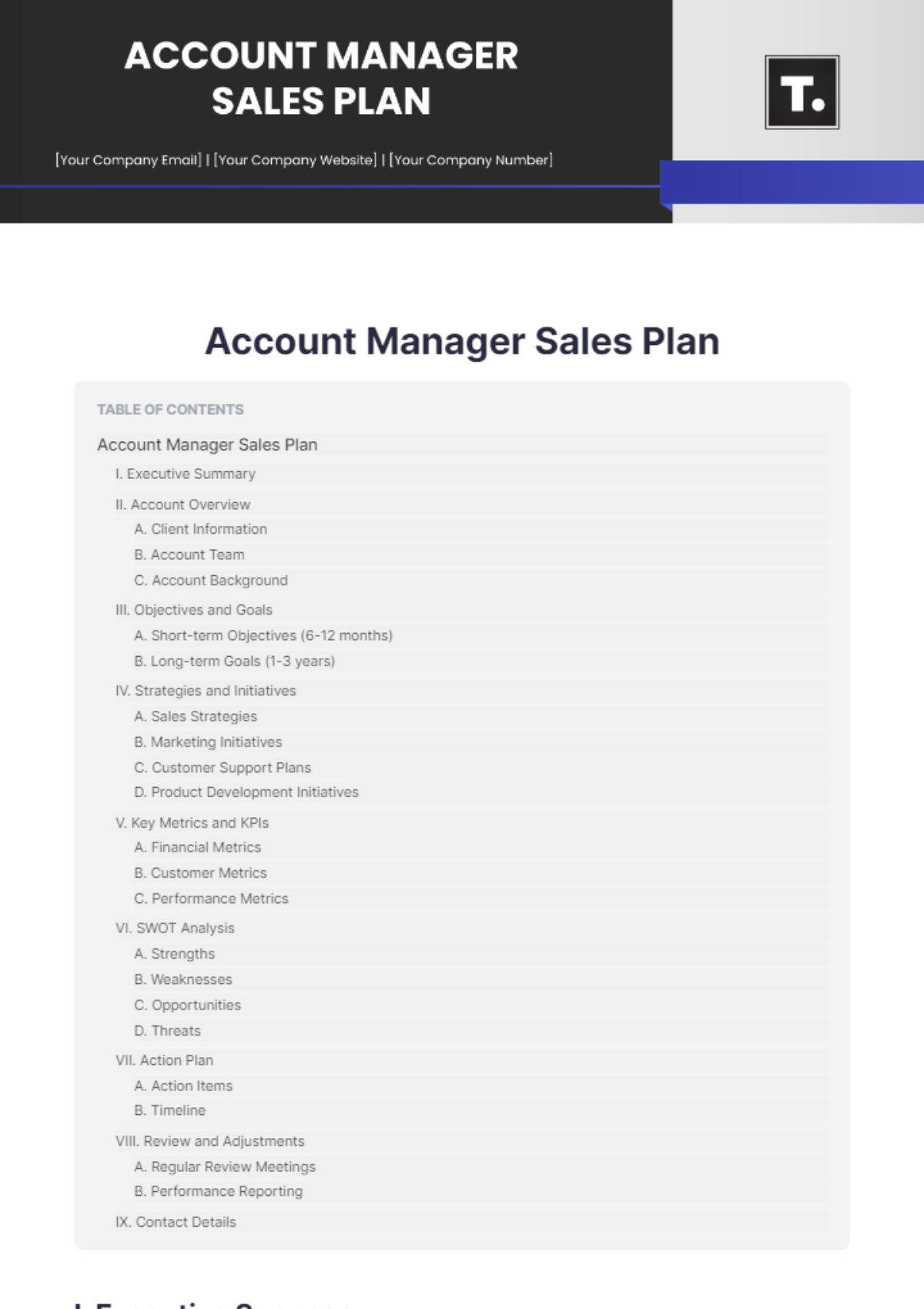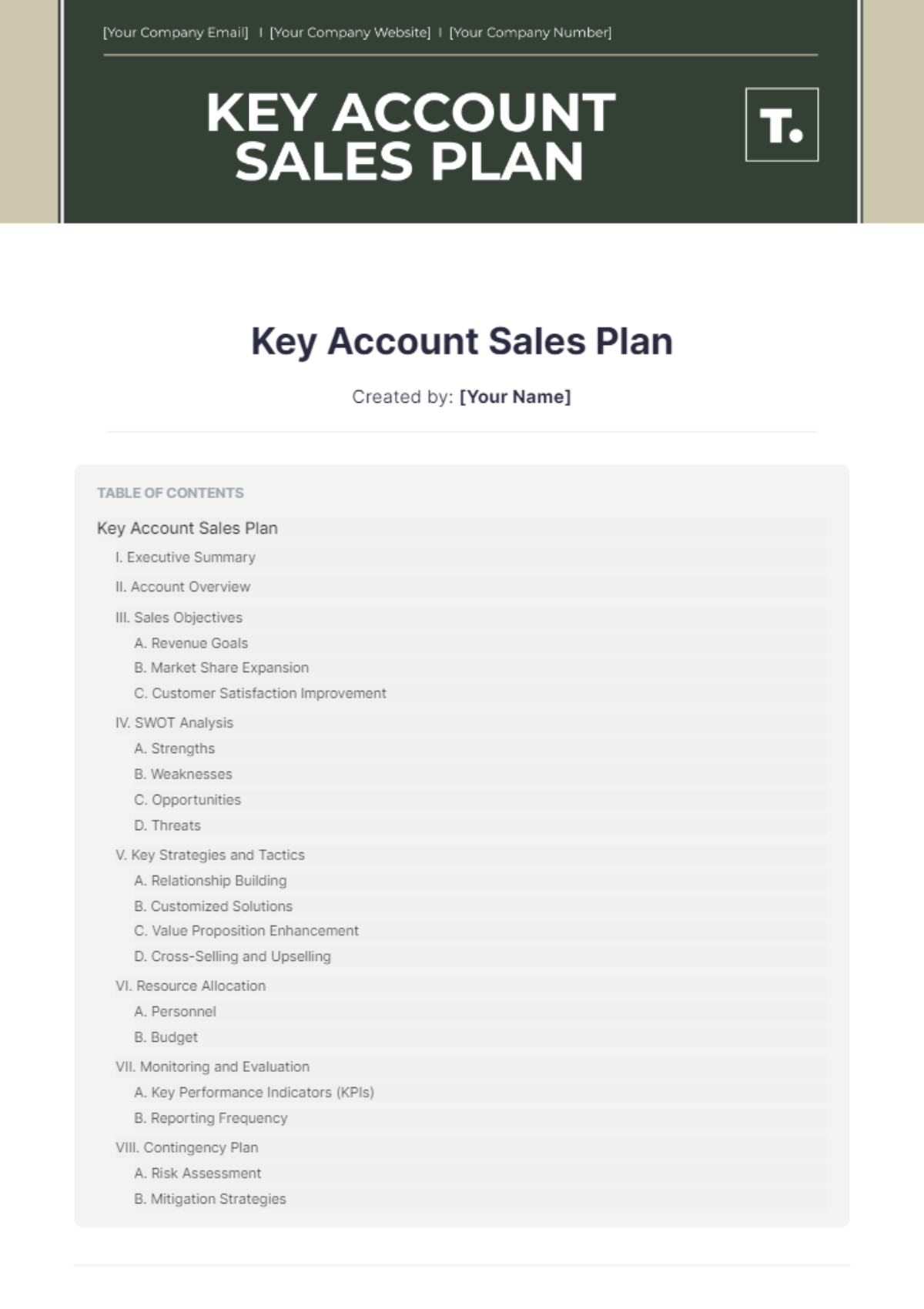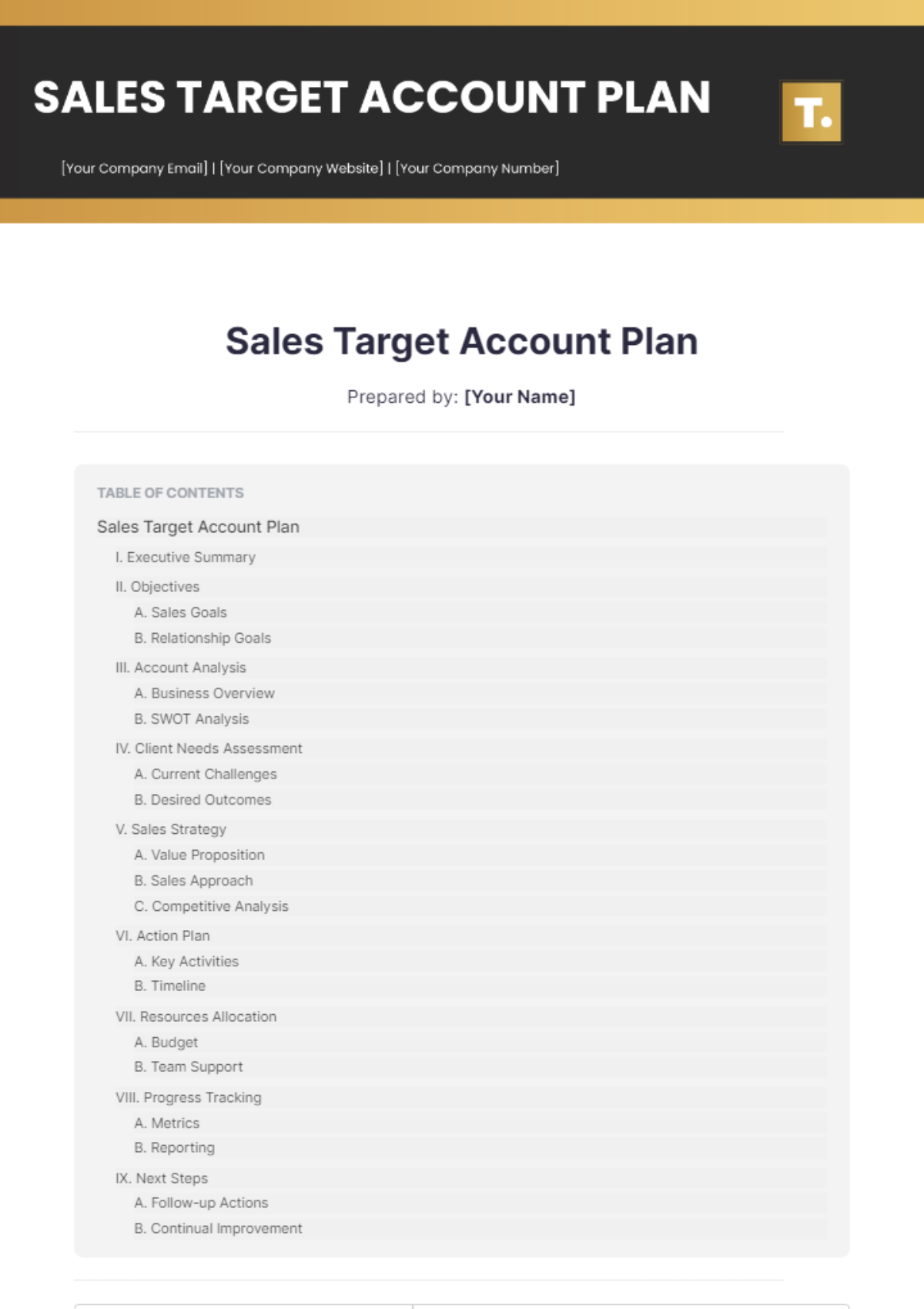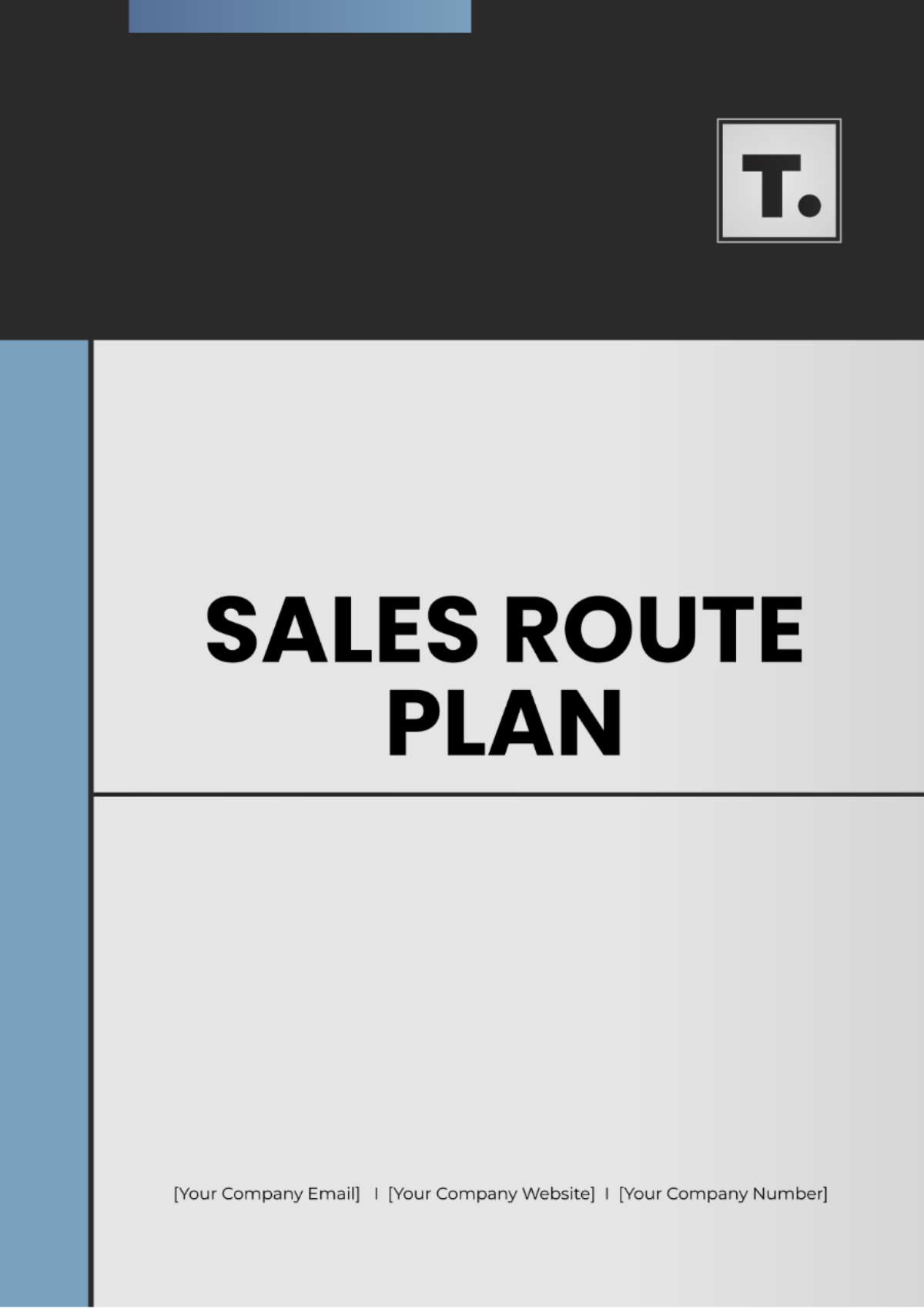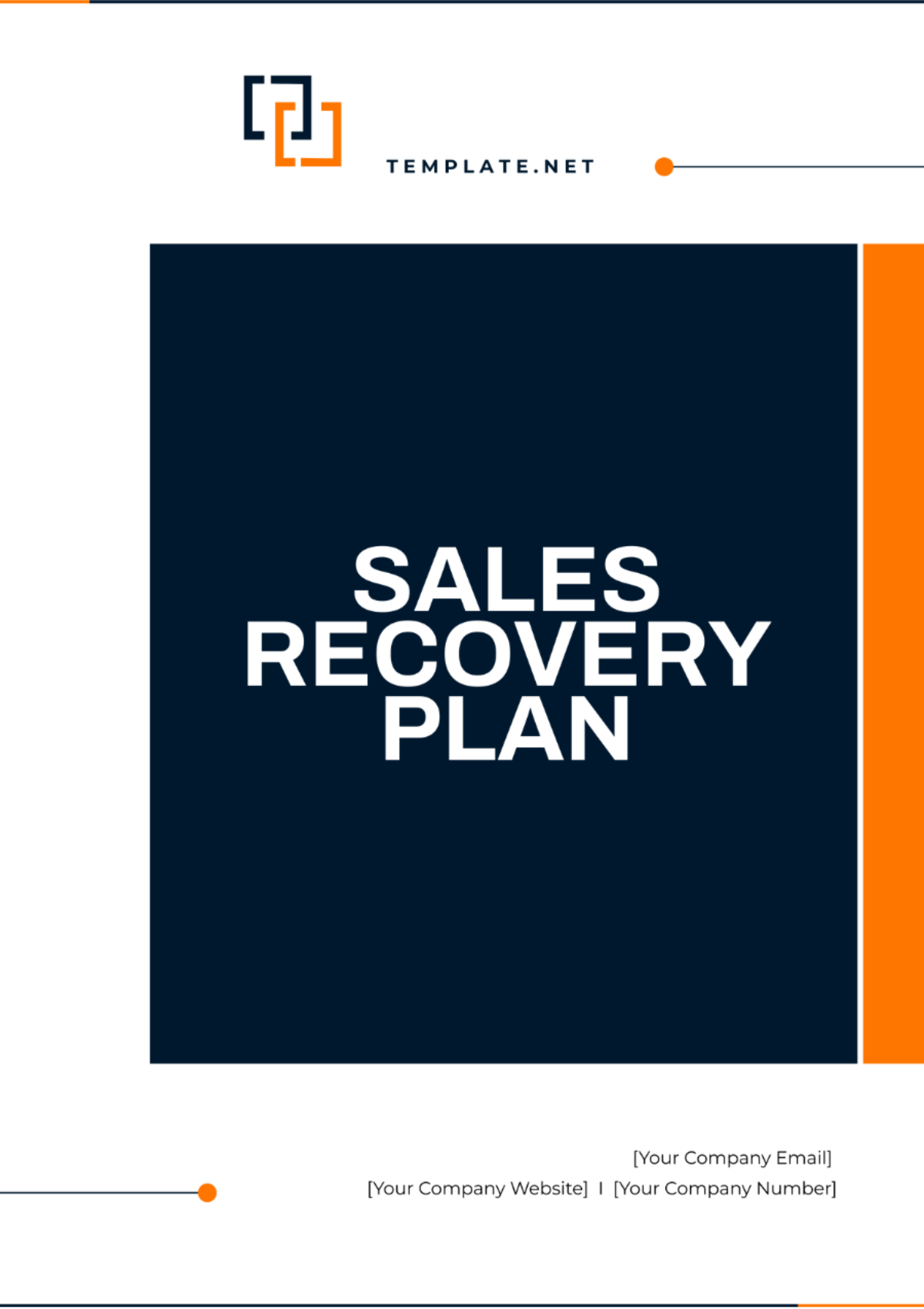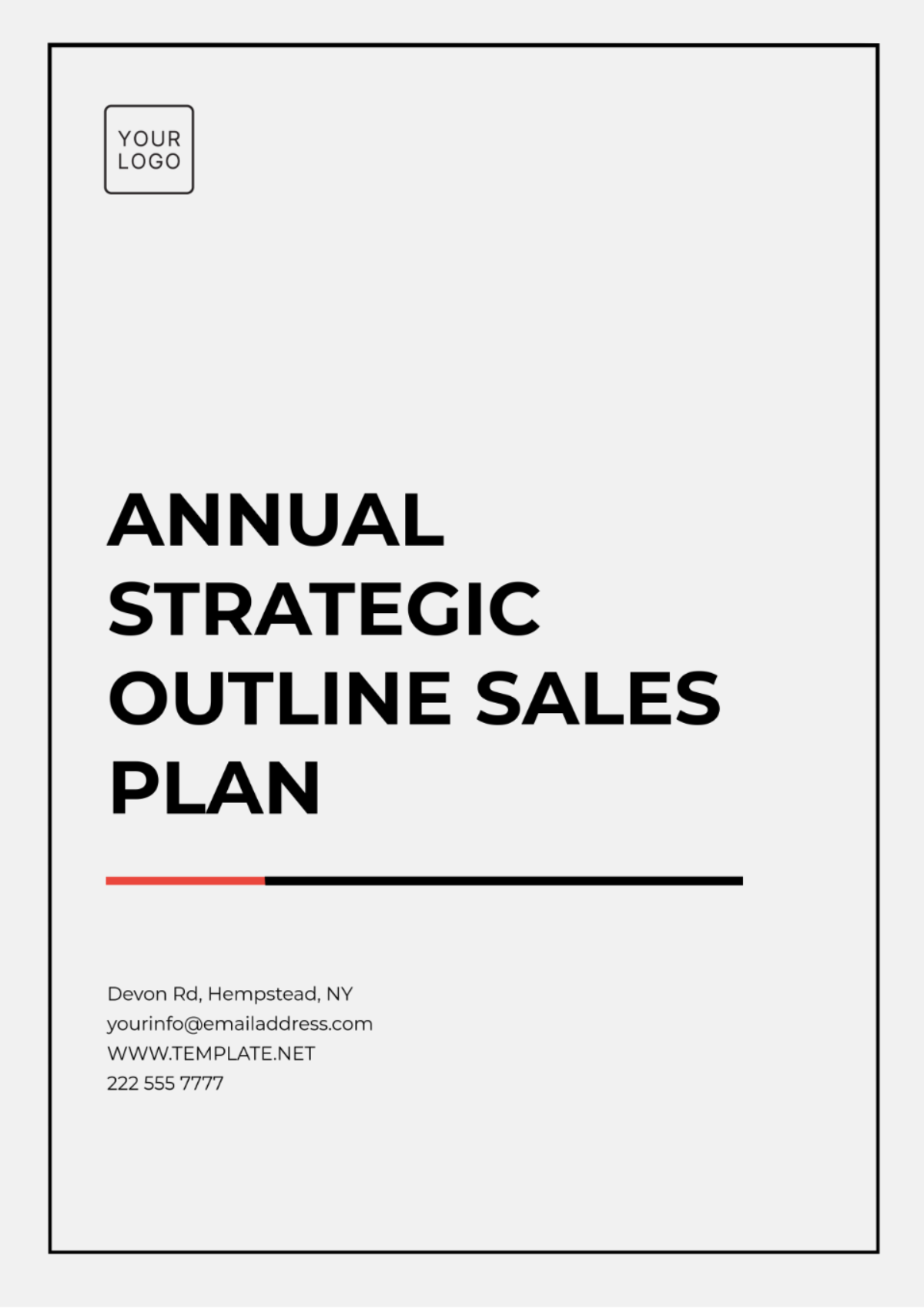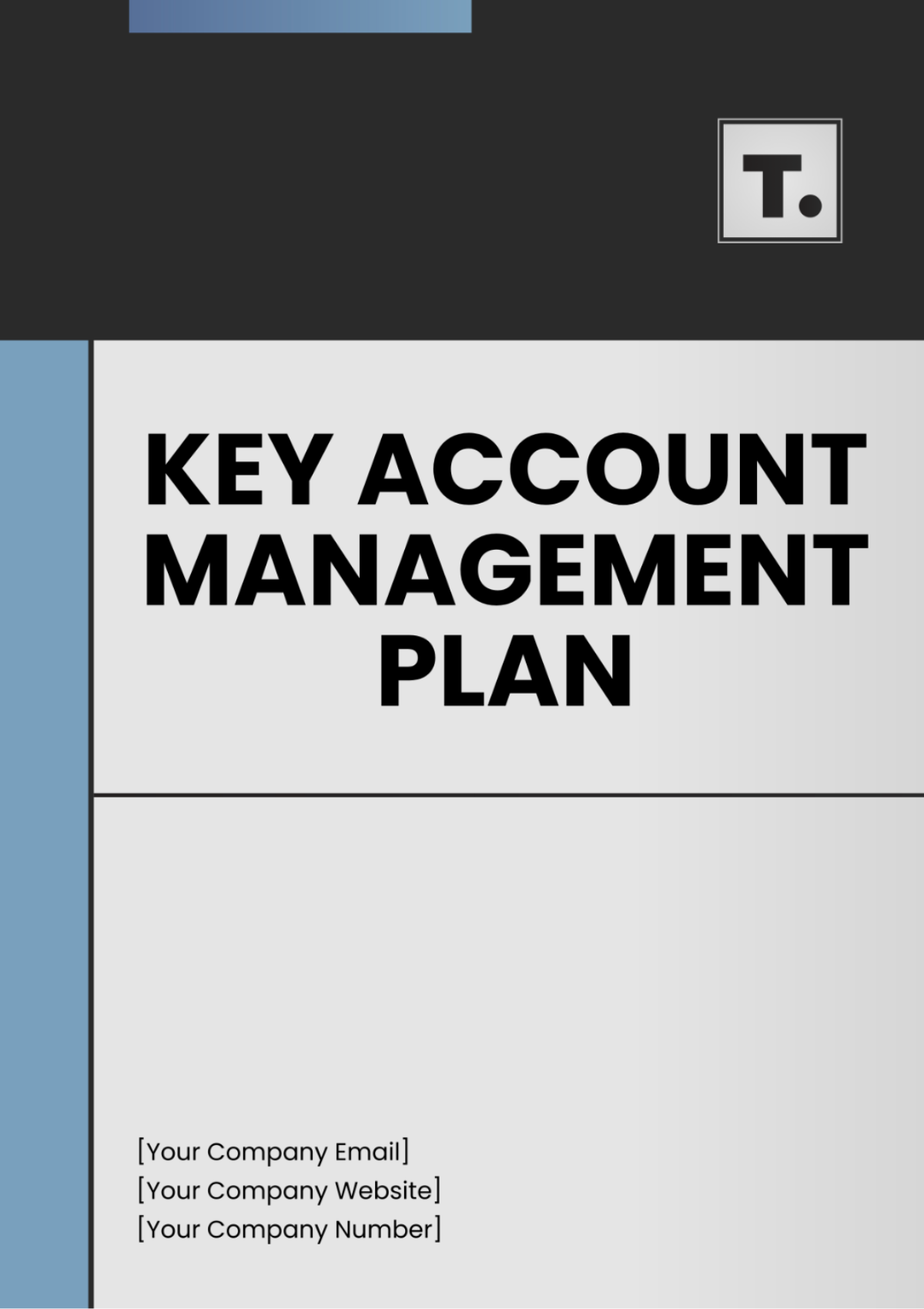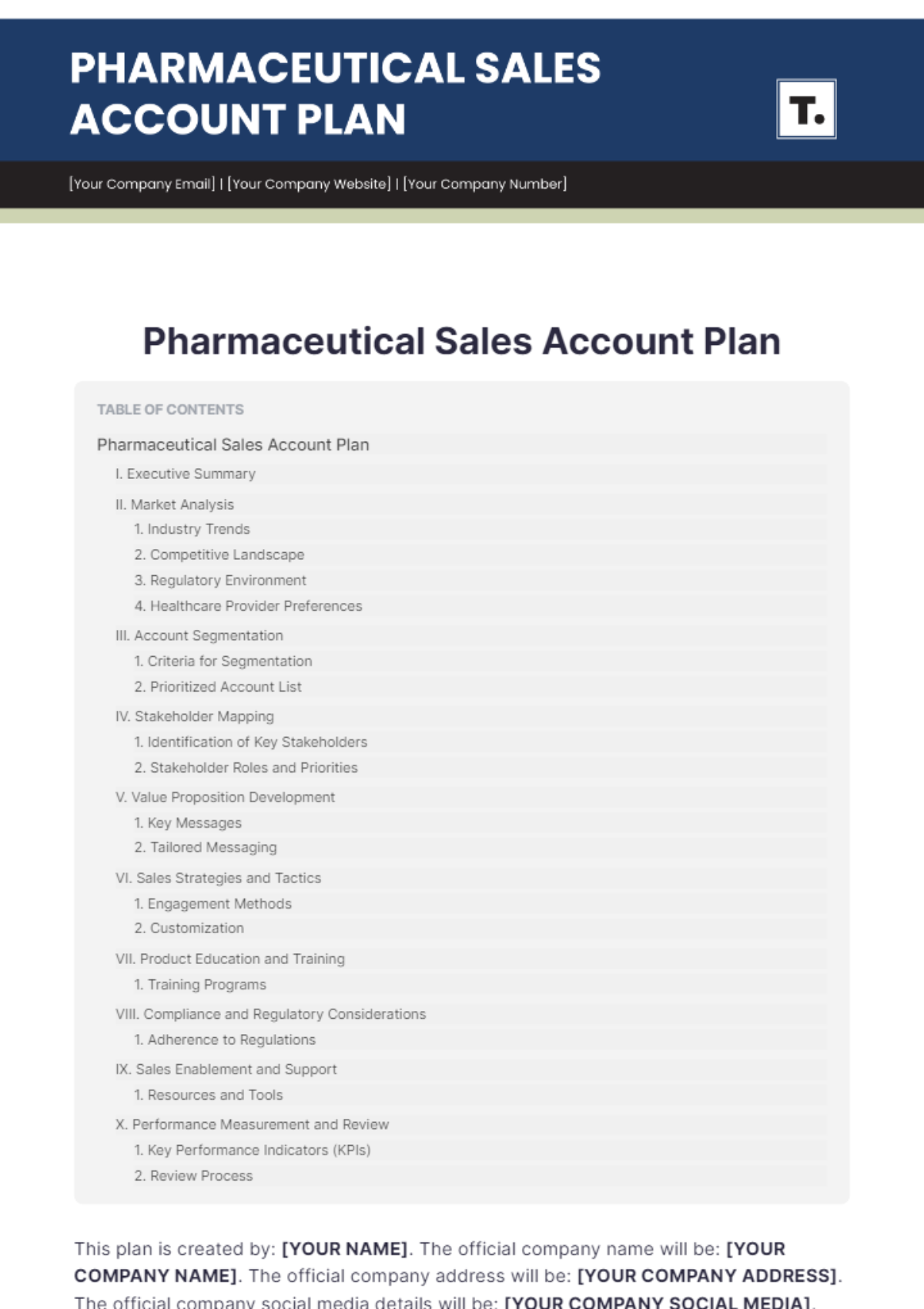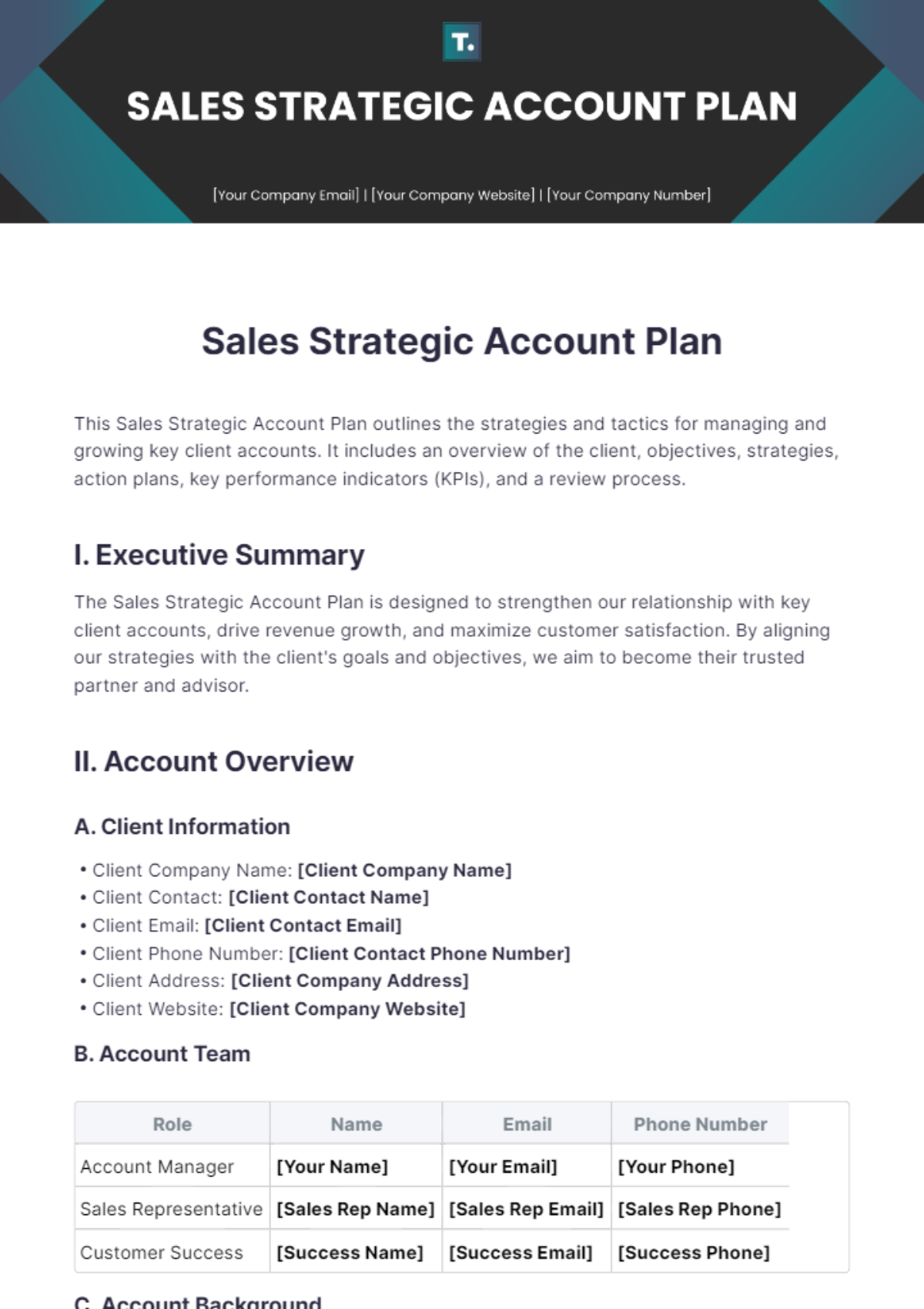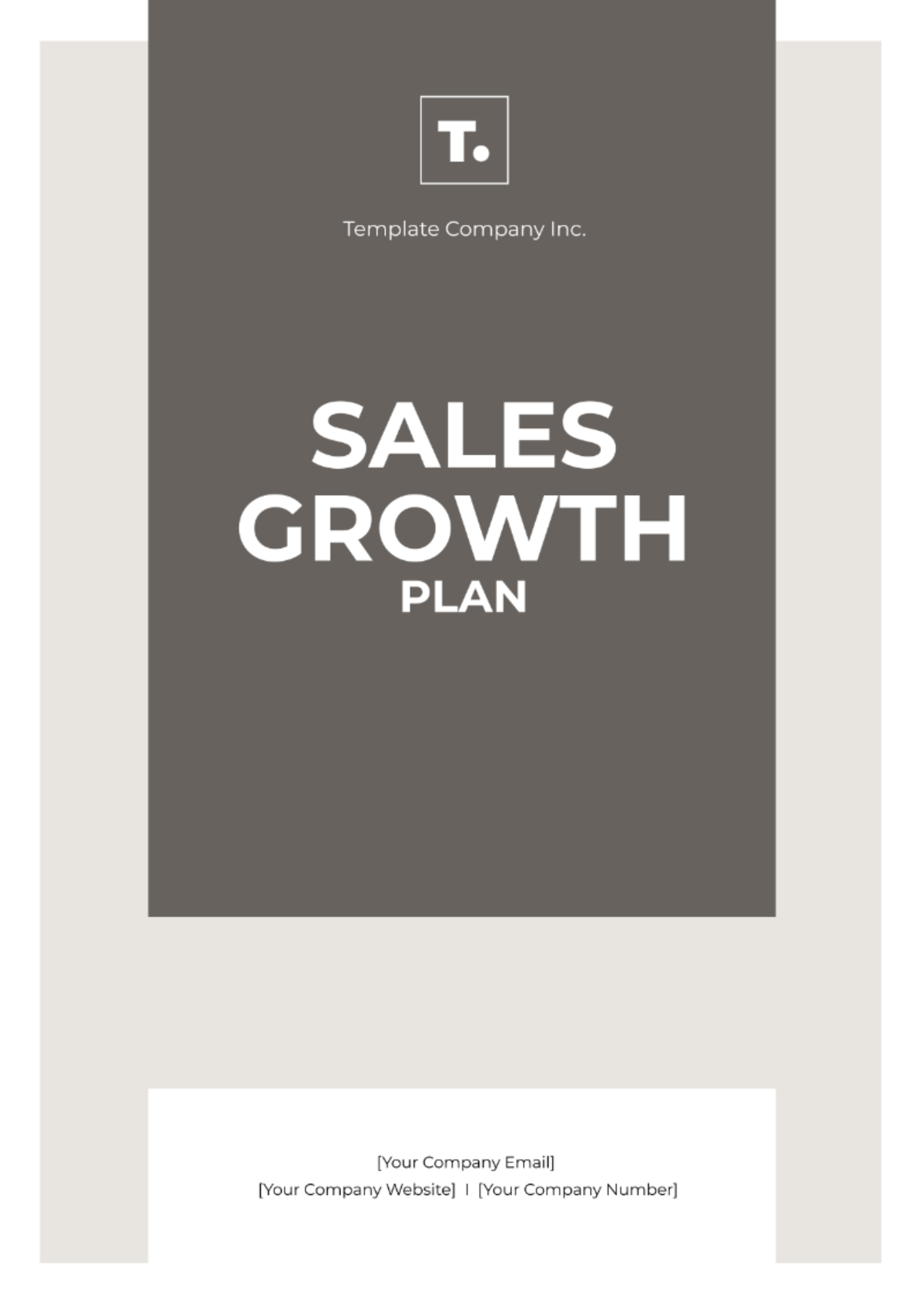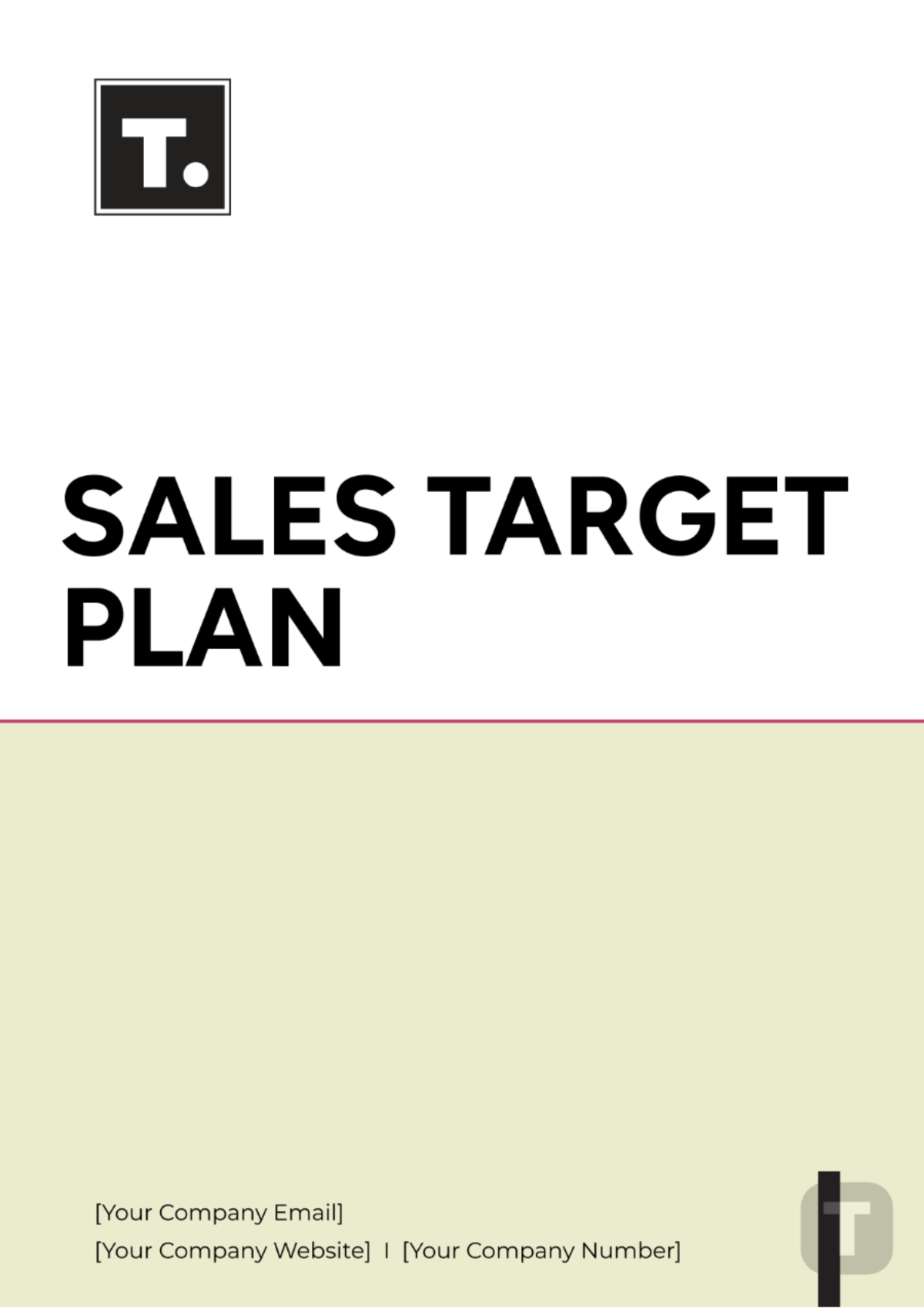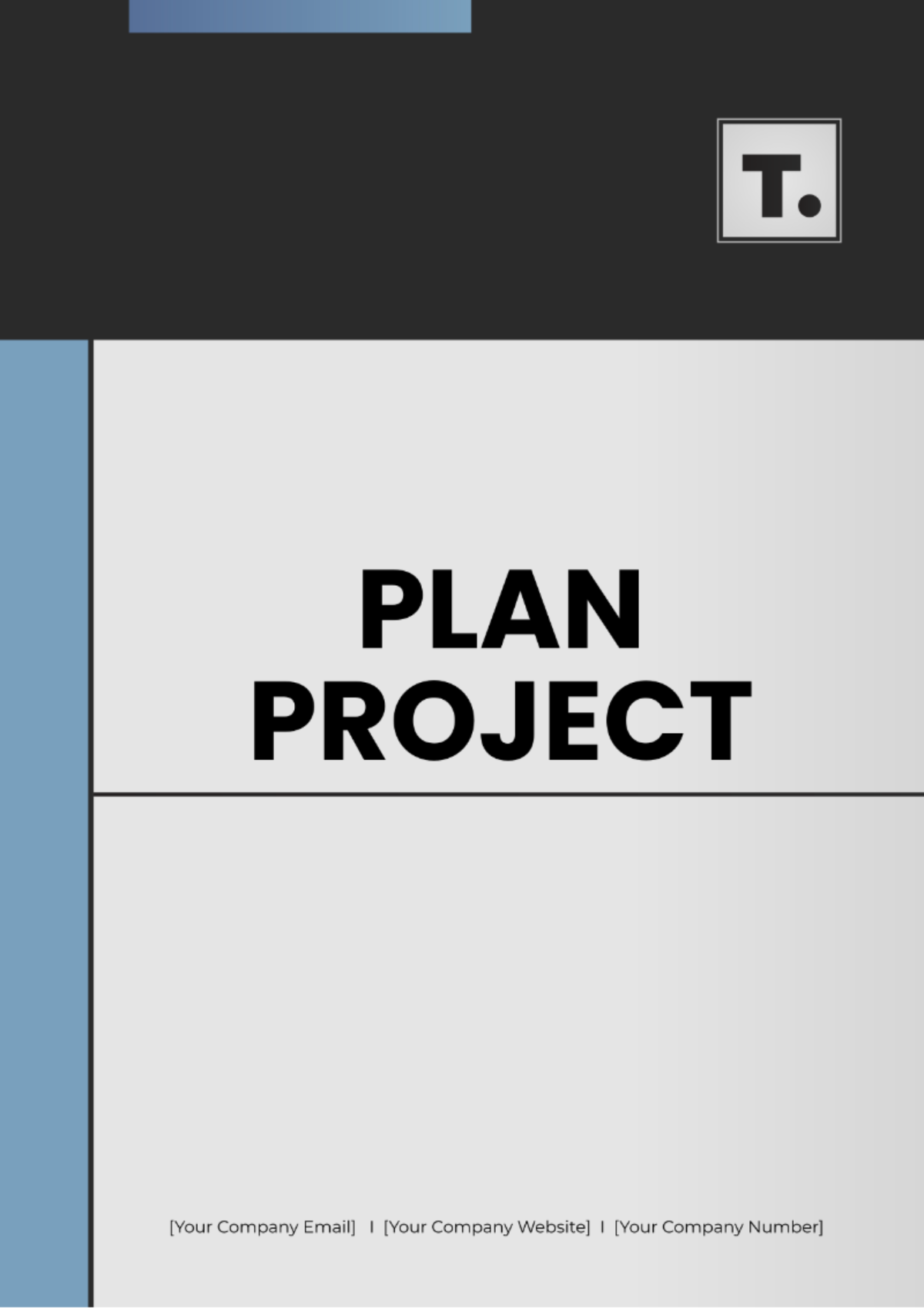Sales Management Plan for Customer Feedback
I. Introduction
In a competitive business environment, [Your Company Name] recognizes that the voice of the customer is paramount to driving sales success and maintaining a dynamic and responsive market presence. Our approach to sales management is deeply intertwined with customer feedback mechanisms, ensuring that every decision we make is informed by the valuable insights our customers provide. This document outlines a strategic plan to harness customer feedback to optimize our sales processes, improve product offerings, and tailor our customer service to the evolving needs of our market.
A. Rationale for a Customer-Centric Sales Strategy
At the core of our operations, we believe that understanding and responding to customer feedback is about anticipating needs, fostering positive experiences, and building lasting relationships. By aligning our sales strategies with customer preferences and concerns, we create a robust, customer-centric approach that drives loyalty and sustainable growth. This subsection will delve into the foundational principles that underpin our dedication to integrating customer feedback into our sales management practice.
II. Executive Summary
The Management Plan for Customer Feedback is a critical component of our strategic sales initiatives. With our commitment to excellence, we are dedicated to not only meeting but exceeding customer expectations through proactive engagement and the refinement of our sales operations based on direct customer input. The plan outlines a scalable framework for collecting, analyzing, and acting upon customer feedback across various touchpoints, ensuring that every aspect of the customer experience is optimized for satisfaction and loyalty.
III. Objective
The objective of this plan is to institutionalize a customer feedback loop as a cornerstone of our sales strategy. This initiative is focused on achieving a threefold aim:
To gain a profound understanding of customer needs and expectations through systematic feedback collection;
To translate this understanding into actionable insights that can refine our sales processes and product offerings;
To establish a robust mechanism for continuous improvement that is directly tied to customer satisfaction metrics.
Our commitment to this objective is about shaping a customer-centric culture that permeates every facet of [Your Company Name]. We endeavor to set new standards for customer engagement and satisfaction, which in turn drives business growth and competitive differentiation.
IV. Customer Feedback Collection Strategy
The collection of customer feedback is an essential part of our customer-centric sales strategy at [Your Company Name]. It is imperative that we capture a comprehensive and nuanced understanding of customer experiences, perceptions, and expectations. To this end, we will deploy a multifaceted feedback collection strategy that utilizes various channels and touchpoints to gather qualitative and quantitative data.
Customer Feedback Channels
Feedback Channel | Frequency | Responsible Department |
|---|---|---|
Online Surveys | Bi-weekly | Marketing and Sales |
Online Surveys: For Online Surveys, we design and deploy strategically crafted questionnaires that serve not just to quantify customer satisfaction but to delve into the psyche of the customer post-interaction. Our questions are the product of meticulous research and are tailored to elicit insightful responses that transcend the surface-level data.
Customer Interviews: Our Customer Interviews involve curated dialogues with a deliberately chosen demographic of our clientele. This approach aims to reach beyond mere transactional information to understand the emotional and psychological commitment of our customers to our brand—key indicators of loyalty and engagement.
Social Media Monitoring: Social Media Monitoring is performed through advanced sentiment analysis tools, which parse and interpret the vast array of customer expressions across various platforms. This real-time pulse-taking captures the unfiltered voice of the customer in the public domain, reflecting spontaneous perceptions and opinions.
Support Tickets Analysis: Support Tickets Analysis goes beyond merely resolving individual customer issues. It is a diagnostic tool that provides deep dives into customer concerns, offering a window into the pain points experienced by our customers. By aggregating and analyzing support interactions, we can pinpoint areas for improvement and preemptively address them before they escalate into broader customer dissatisfaction.
V. Data Management and Analysis
This phase is where customer feedback is transformed into the base of our strategic sales decisions. This phase is characterized by sophisticated data handling protocols, cutting-edge analytical methodologies, and stringent data quality assurance practices, ensuring that the insights derived from customer feedback are both reliable and robust.
A. Data Integrity and Security
To uphold the highest standards of data integrity, the company will employ data validation techniques, ensuring that every piece of feedback is authenticated and accurately attributed. We are steadfast in our commitment to data security, adhering to stringent data protection regulations to safeguard customer information.
Key Metrics for Feedback Evaluation:
Feedback Channel | Target | Data Source |
|---|---|---|
Customer Satisfaction Score (CSAT) | ≥ 90% | Online Surveys |
B. Analytical Depth and Decision Intelligence
Our analytics team employs state-of-the-art techniques, from predictive modeling to sentiment analysis, to not just interpret feedback data but to foresee trends and inform proactive measures. We convert raw data into decision intelligence, painting a clear picture of the current customer experience and projecting future expectations.
C. Feedback Loop and Continuous Learning
We have established a closed-loop feedback process, ensuring that every piece of customer feedback received is acknowledged, analyzed, and acted upon. Our sales teams are equipped with dashboards that reflect real-time feedback analytics, allowing for swift response and adaptation to customer needs.
D. Reporting and Visibility
Regular reporting is a key component of our strategy. Detailed feedback analysis reports are disseminated to key stakeholders to ensure cross-departmental visibility and collaborative action. These reports highlight trends, opportunities for improvement, and successes in our customer engagement strategies.
E. Integration with Continuous Improvement Practices
The data analysis phase is intricately tied to our continuous improvement practices. Insights derived from customer feedback feed directly into our quality management systems, fostering an environment of ongoing enhancement of processes, services, and customer touchpoints.
VI. Feedback Implementation Framework
[Your Company Name]'s Feedback Implementation Framework is an advanced system designed to ensure that customer feedback is integrated into the operational fabric of the company. This framework serves as a conduit for translating customer insights into tangible improvements across all levels of our sales and service delivery processes.
A. Structured Response Mechanisms
Our framework includes a structured response mechanism that categorizes feedback into strategic themes and operational issues. This allows for precise targeting and prioritization of actions that need to be taken. It ensures that critical feedback leads to immediate remedial steps, while more strategic insights are channeled into longer-term planning cycles.
Feedback Implementation Prioritization
Feedback Channel | Target | Data Source |
|---|---|---|
Product Features | 1-3 months | Quarterly |
Cross-Functional Action Teams: To facilitate the implementation of feedback, cross-functional action teams are formed, composed of members from sales, customer service, product development, and other relevant departments. These teams are empowered to make decisions and implement changes rapidly, ensuring a cohesive and aligned response across the company.
Feedback-Driven Training Initiatives: We recognize that the successful implementation of feedback is contingent on our employees' understanding and buy-in. As such, we continuously update our training programs to incorporate the latest feedback insights, equipping our team with the knowledge and skills necessary to meet evolving customer expectations.
Technology Integration and Process Automation: Leveraging our robust technological infrastructure, we integrate customer feedback into our CRM and service delivery platforms, enabling automation of certain feedback responses and ensuring that customer preferences are reflected in real-time during customer interactions.
Monitoring and Evaluation: To measure the impact of the implemented changes, we establish clear metrics and KPIs, monitoring them rigorously to assess the efficacy of the feedback implementation. This continuous monitoring feeds into a cycle of evaluation and readjustment, promoting constant evolution and refinement of our strategies.
Leadership Oversight and Accountability: Finally, our framework ensures that there is leadership oversight at each stage of the implementation process. Accountability is maintained through a clear hierarchy of responsibility, with regular reviews by senior management to track progress and ensure that customer feedback is being leveraged to its full strategic potential.
VII. Communication Plan
The Communication Plan for this Management Plan is an integral component that ensures clarity, transparency, and the dissemination of feedback-related actions to all relevant stakeholders. It defines the channels, frequency, and content of communication regarding feedback collection, analysis, and the subsequent actions taken.
Internal Feedback Communication Schedule
Audience | Communication Channel | Frequency |
|---|---|---|
Sales Team | Intranet Updates, Email Newsletters | Weekly |
Our internal communication strategy is designed to keep all levels of the company informed and aligned with feedback-driven changes. By fostering an environment of open dialogue, we reinforce the value of feedback and the critical role it plays in our company's success.
External Communication Strategy: Our external communication strategy focuses on keeping customers informed about how their feedback is shaping [Your Company Name]. We use various platforms to communicate these changes:
Customer Newsletters: Provide updates on how feedback is being used to make improvements.
Social Media Posts: Share stories of changes implemented based on customer suggestions.
Personalized Responses: When feasible, direct communication to customers who provided feedback is made to show the tangible results of their input.
Transparency Reports: We commit to publishing Transparency Reports, which are comprehensive documents that detail the feedback received, the insights gained, and the specific actions taken. These reports underscore our accountability and the seriousness with which we treat customer input.
Feedback Acknowledgment System: To close the loop with customers who provide feedback, we implement a Feedback Acknowledgment System. Every piece of feedback received is acknowledged with a thank you message, and where appropriate, customers are updated about the status of their input.
Crisis Communication Preparedness: In the event of negative feedback indicating a crisis or a significant issue, a preparedness plan is activated. This involves immediate communication with affected parties and a clear outline of remedial steps to mitigate any adverse impact.
VIII. Review and Adaptation
This section of the Management Plan underscores our commitment to continual reassessment and refinement of our strategies based on customer feedback. This dynamic process ensures that our practices remain relevant and responsive to the evolving needs of our customer base. Our review process is systematic and occurs on multiple levels, each with defined cycles to ensure that all feedback is accounted for and evaluated in a timely manner.
Review Level | Frequency | Participants |
|---|---|---|
Operational | Bi-weekly | Customer Service Managers |
These structured review cycles allow for the reassessment of feedback implementation, examining the impact of changes made and identifying areas where adjustments are required.
IX. Conclusion
At [Your Company Name], we are committed to integrating customer feedback into our sales strategy to foster customer loyalty and drive business success. By implementing this Sales Management Plan for Customer Feedback, we will not only enhance customer satisfaction but also fortify our market position.

